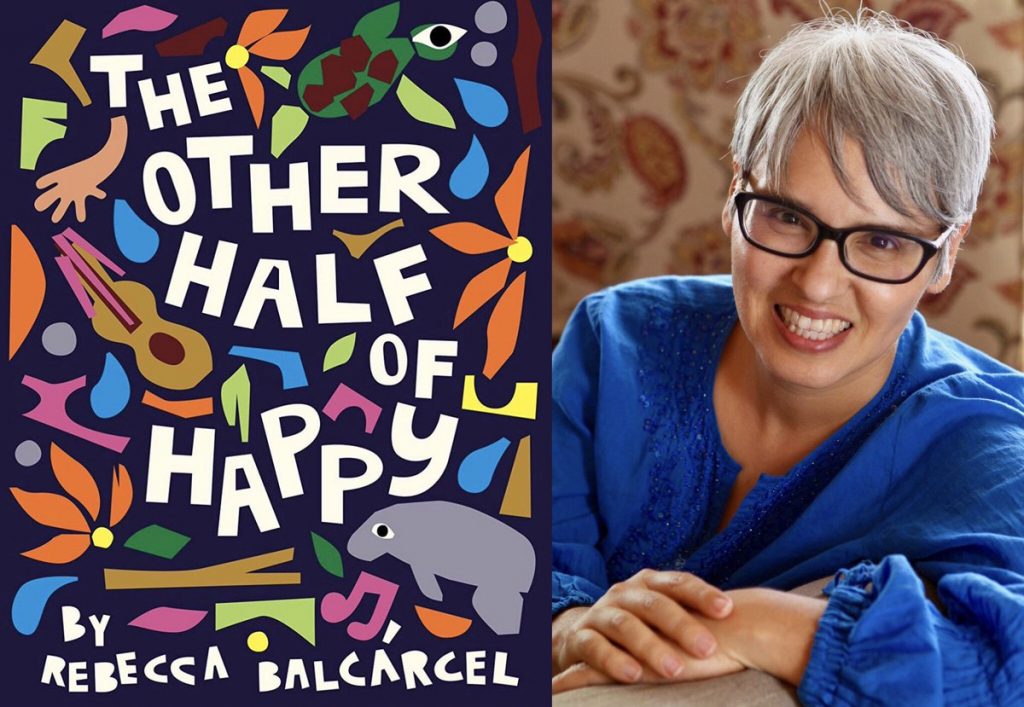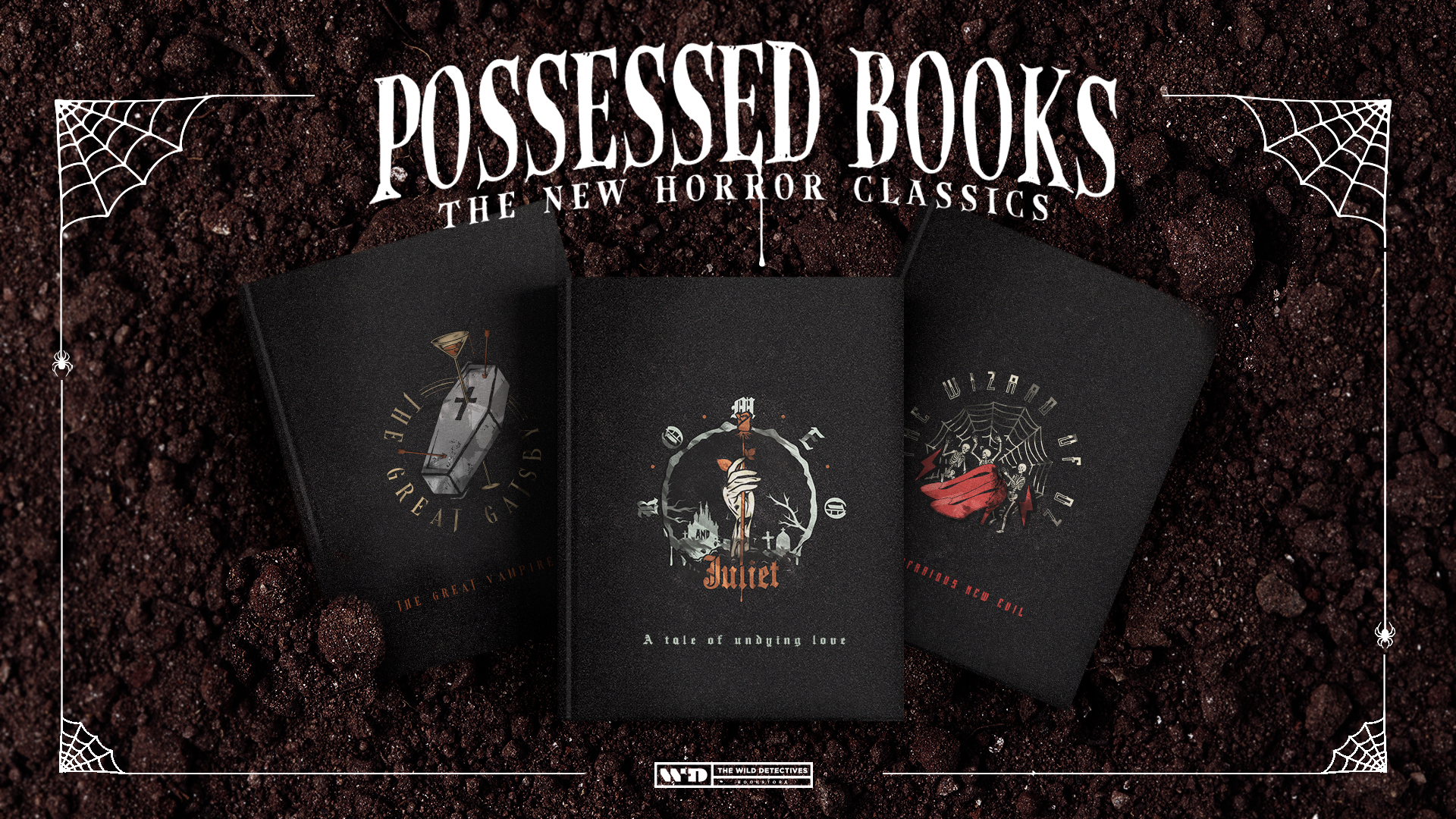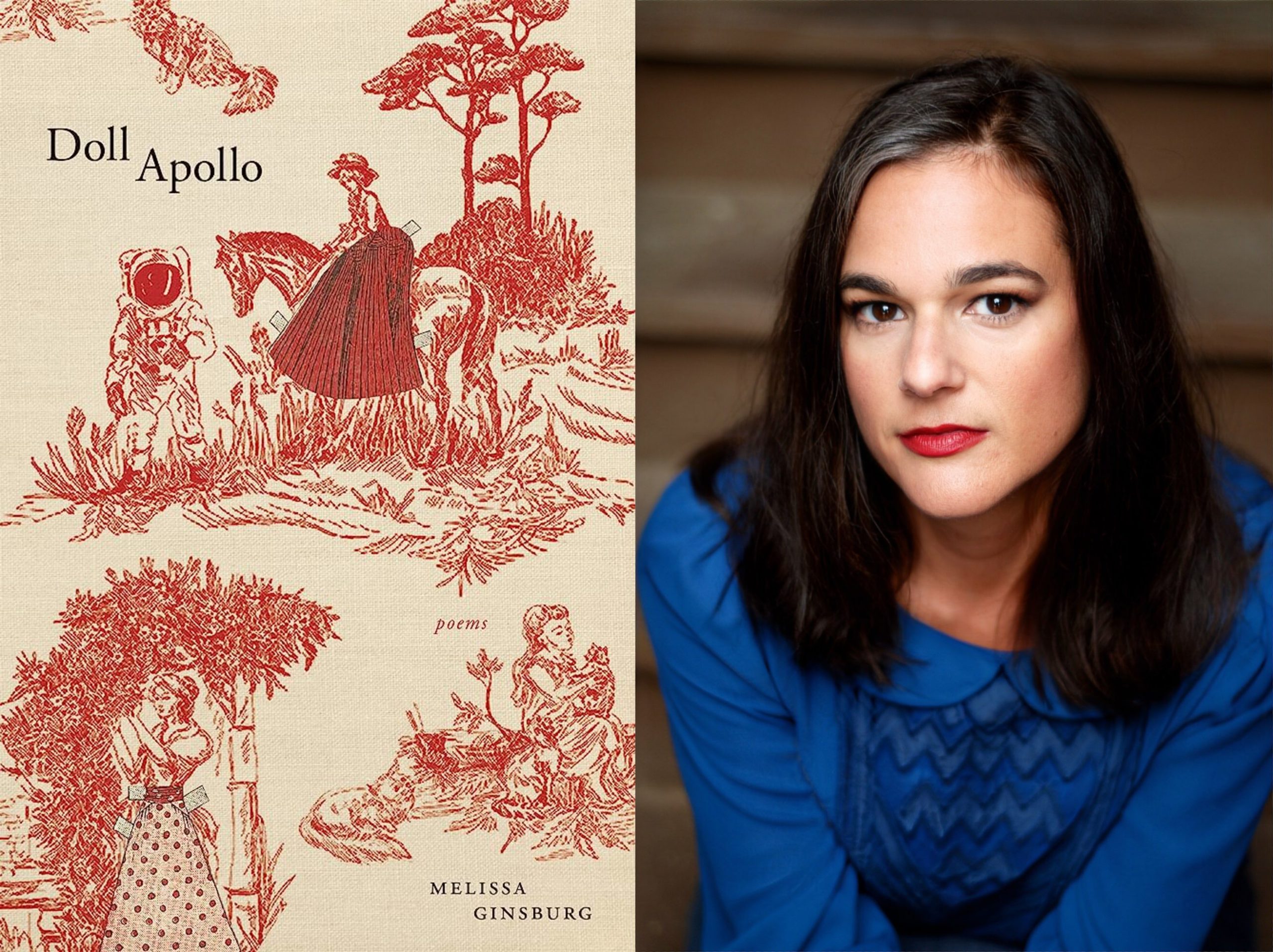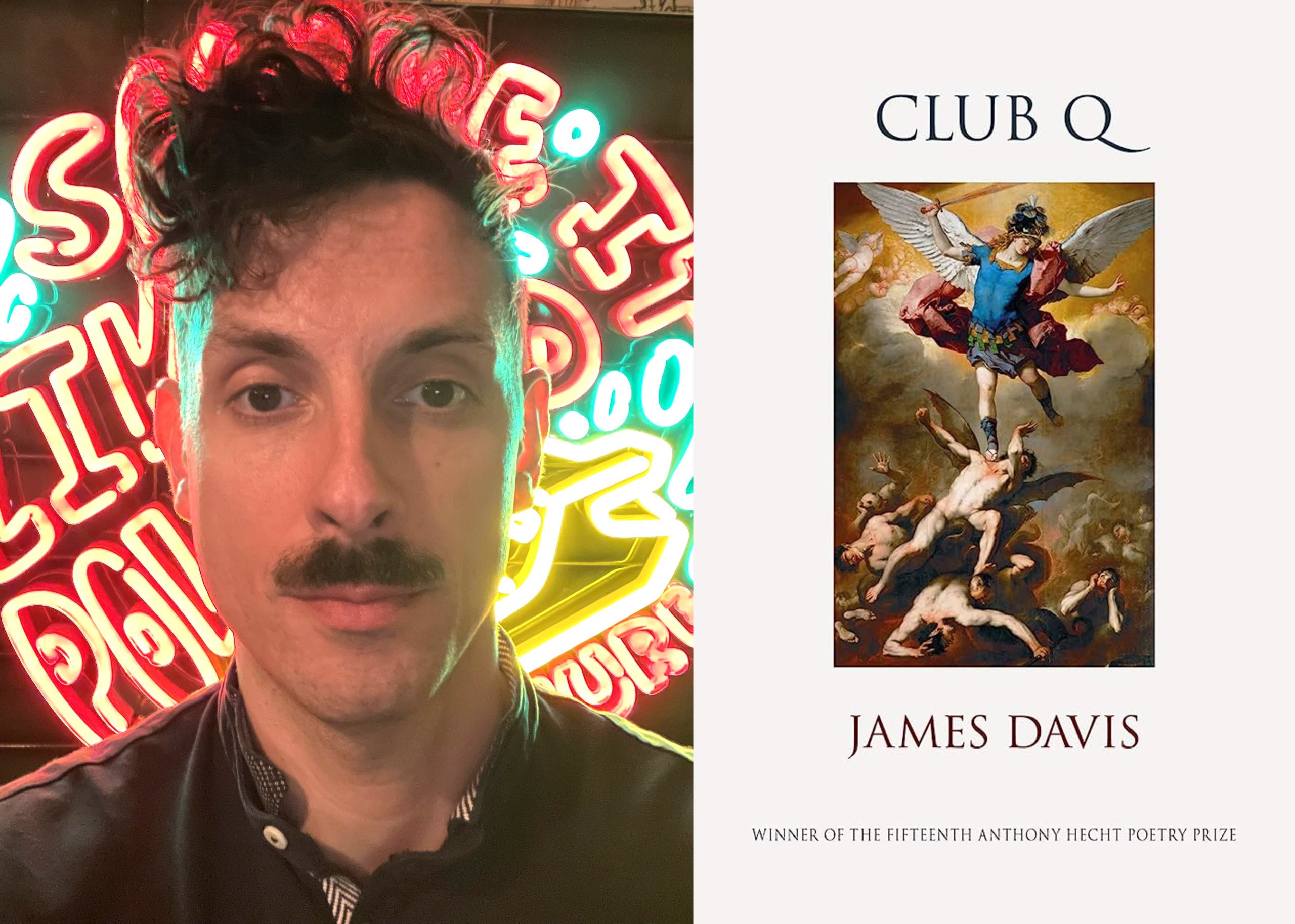Rebecca Balcárcel’s debut middle-grade novel, THE OTHER HALF OF HAPPY (Chronicle Books, 2019) stars Quijana, a bicultural girl who grappling with the tumult of being 12 years old. Why is your friendly neighborhood poet reviewing a novel written for children ages 8 to 12?
I picked up THE OTHER HALF OF HAPPY because Rebecca Balcárcel is a poet, too, and I remember when this project was a book of poems. I had the privilege of hearing Balcárcel read some of those poems live many years ago, and I was thrilled when the story came into the world in its new form—a gorgeous, heartfelt novel for young readers. I’m an elder millennial and my daughter is not-yet-four, so while I am not the target audience, I was so moved by this book.
Quijana had me hooked from the opening: “I live in a tilted house. A bowling ball on our living room floor would roll past the couch, past the dining table, all the way to the kitchen sink. And if the sink wasn’t there and the wall wasn’t there and the bathroom behind that wasn’t there, the ball would roll all the way to my room at the end of the house. That’s what it’s like being twelve. Everything rolling toward you” (1). The novel spans only the fall semester of Quijana’s seventh grade year, and everything does, indeed, roll right at her. The book has a large cast of family members, friends, teachers, and classmates, each lovingly and honestly depicted. The vibrant, beautiful voice of the protagonist rings clearly as she reckons with her split sense of identity, her Americanness against her Guatemalan heritage, and the challenges of crossing borders of all kinds: between countries, between childhood and adulthood, and in relationships with family and friends.
By far my favorite thing about THE OTHER HALF OF HAPPY is the fact that Balcárcel remains unmistakably a poet. The language in this book is lush and beautiful, while maintaining the clarity and accessibility necessary for its audience. Balcárcel’s choice of first-person, present tense offers immediacy with Quijana’s experience, and the gorgeous use of language makes that immediacy such a pleasure. In one particularly poetic scene, we join the protagonist in choir class:
“The room stills and we are C. I give myself to the note. C sweeps through my body; worries fall way. A dozen thoughts disappear.
Mr. Green cues each section, and sopranos, altos, tenors, and basses take their notes, building a chord. Ahhh vibrates my bones.
Mr. Green closes his eyes, and our forty voices hold. I feel popped out of myself and centered in myself at the same time. My eyes scan the room, and I see short hair, long hair, kids with glasses, kids with braces. I see a Minecraft kid, a Latina from lunch, and a boy with cowboy boots next to a boy with high-tops.
The C chord locks, perfectly in tune. For this single wide second, we’re all one.” (44-45)
This scene also reflects one of the major concerns of the book: belonging. Quijana’s journey to belong with her friends, her family, and herself often presents us with these moments of hope and unity, and I found that very satisfying as a reader.
Another refreshing element of this book is Quijana’s friend Jayden. Balcárcel tells me that Jayden is based on her real-life best friend from seventh grade, Daryl, to whom the book is dedicated. Early in the book, Quijana has a crush on Jayden, and slowly comes to realize that he has a crush on someone else, a friend from theater called Seth. As a queer person, I am always hoping for good queer representation, and I am always bracing myself for it turn into any of countless tired tropes. I was pleasantly surprised by this book. I didn’t expect a queer character at all, honestly, and then he was so lovingly rendered, his storyline wasn’t solely focused on a “coming out” narrative, he was just as developed as everyone else (see: one-note gay bestie in many stories), and nothing terrible befell him. I cannot imagine how I would have felt if I had encountered a character like Jayden in a book I was written for me when I was 12. I think it might have changed my life. I am so very glad this book exists, and that young readers can meet Jayden.
I have only mentioned a few outstanding elements of this book, but, y’all, there’s so much more! Spending a single action-packed semester with Quijana made me laugh, made me cry, and filled me with a sense of hope. Check out the March episode of the Inner Moonlight podcast to hear Balcárcel tell me all about how this book transformed from poetry to prose, and more of the inside scoop on the book and all its characters. I can’t recommend THE OTHER HALF OF HAPPY enough—even if you’re not in middle school.
Listen to this conversation here






